Whenever we talk about new technologies, the Internet is present. Perhaps it is because the network has the capacity to continuously reinvent itself, offering us a gateway to the future. And perhaps this is why many are surprised to learn that the network of networks is already fifty years old—it was on 29 October 1969 that the first message was sent through ARPANET, the precursor of the Internet. Here we review some of the milestones that have driven its development over this half century, but have also betrayed the spirit in which it was born.
1969: the network is born
On the night of October 29, University of California Los Angeles (UCLA) student Charley Kline, under the supervision of Leonard Kleinrock, typed “login” into a computer to remotely connect to the Stanford Research Institute (SRI). The system failed and only the first two letters were sent. That “lo” was the first message transmitted between two computers through the ARPANET network, created by the Pentagon agency ARPA. The UCLA archives preserve the notebook in which that historic moment was recorded in a 22:30 entry: “Talked to SRI Host to Host”
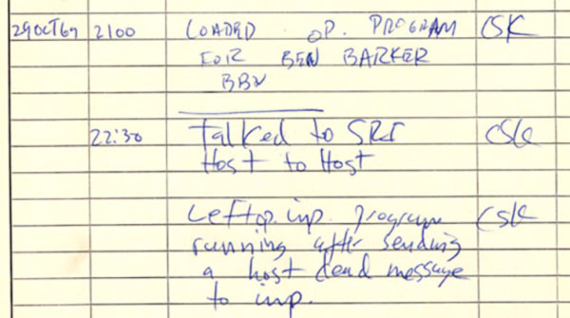
1971: the first virus infects ARPANET
Computer viruses are almost as old as the network itself. The first one was created in 1971 by Robert Thomas of the BBN company, an ARPA contractor. It was a program called Creeper that spread between connected computers and displayed the message “I’m the creeper: catch me if you can”. It wasn’t until 1983 that University of Southern California graduate student Fred Cohen coined the concept of a computer virus.

1971: the first email
In 1971, Ray Tomlinson of BBN sent the first email through the network to another machine. Until then, messages could only be exchanged between users of the same computer. Tomlinson used the “@” symbol to separate the user’s name from the machine’s name. The content of that first message has been lost, as the researcher —who died in 2016— said he did not remember it because it dealt with something insignificant.
1973: the network crosses the Atlantic
From its first four nodes in the USA, the network soon grew to include 40 access points in September 1973. That year the first two nodes were added outside the USA, on the other side of the Atlantic. First was the Norwegian Seismic Array (NORSAR) seismic centre in Kjeller, near Oslo, and soon after University College London was added. The transatlantic connection was made via satellite.
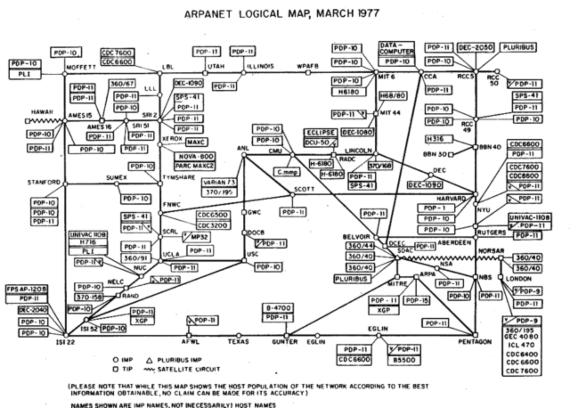
1978: the arrival of spam
On May 3, Gary Thuerk from Digital Equipment Corporation sent an announcement about a new computer model to about 400 ARPANET users out of a total of 2,600. This was the first mass mailing of unsolicited advertising through the network.
The term “spam” was introduced by Joel Furr in 1993, when a software bug led to the accidental mass posting of 200 messages in a newsgroup. The word was borrowed from a brand of canned meat that appeared countless times in a sketch by the British comedy group Monty Python.
1983: TCP/IP, a common language, is born
In 1974 Robert Kahn and Vinton Cerf created the TCP/IP communication protocol to replace the Network Control Program (NCP) that ARPANET used. The new protocol, installed in the network on January 1, 1983, offered a standard that allowed any computer to connect and communicate with others, so that they all used a common language (TCP) and could recognise each other (IP). At that time, ARPANET was still used only by researchers, while the MILNET network was limited to military use. The TCP/IP allowed other nascent networks to connect to ARPANET, which ceased to exist in 1990.
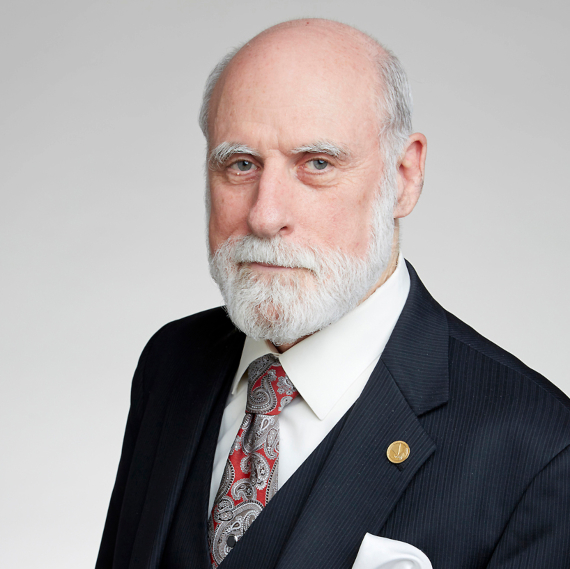
1989: the network is opened to the public
Telenet, a commercial version of ARPANET, went into service back in 1974 and is considered to be the first Internet Service Provider (ISP). In 1989 it launched its service The World, but the first popular ISPs were CompuServe and America Online (AOL). Users accessed their services by dialling in via a modem connected to the telephone line.
1991: World Wide Web
Although today we talk about the Internet and the World Wide Web as synonyms, the truth is that they designate different things. When we surf the Internet, we are actually exploring the World Wide Web (WWW), one of the many services of the Internet, the network of networks.
The WWW was created in 1989 by Tim Berners-Lee, a researcher at the European Centre for Particle Physics (CERN) in Geneva, and became public in 1991. The Berners-Lee team also developed the HTML language, URLs and the Hypertext Transfer Protocol or HTTP, which allows pages to be linked by hyperlinks. This made the Internet available to anyone without programming knowledge.
1993: Mosaic, the first general-purpose browser
It was Berners-Lee who also created the first internet browser and HTML editor, called WorldWideWeb/Nexus, which was followed by other pioneering attempts such as Erwise, Cello and ViolaWWW. However, the first browser that became popular due to its ease of use and installation was Mosaic, created by Marc Andreesen of the National Center for Supercomputing Applications. Andreesen later developed Netscape Navigator, which rendered Mosaic obsolete and extended the use of the Internet.
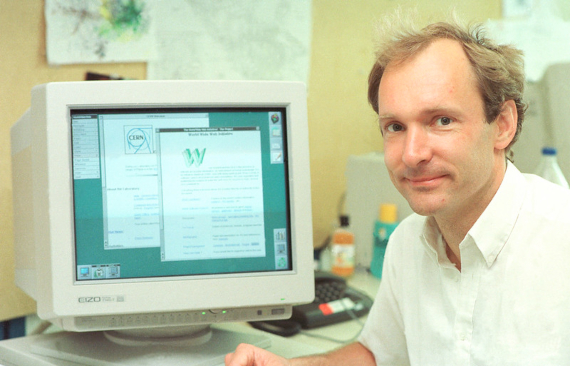
1995: e-commerce takes off
Electronic commerce or e-commerce started as soon as the WWW did, but at first it was restricted to the computer sector itself, with few exceptions such as the pioneering books.com, launched in 1994. The following year, online sales began to become popular with Amazon and eBay —among others— entering the market.
1998: the web expands and takes hold
The launch of Google in 1998 began to leave behind other popular search engines such as Yahoo! or Alta Vista. At the end of the 20th century, the web experienced a rapid growth that culminated in 2000 with the bursting of the internet bubble, when numerous overvalued companies fell.
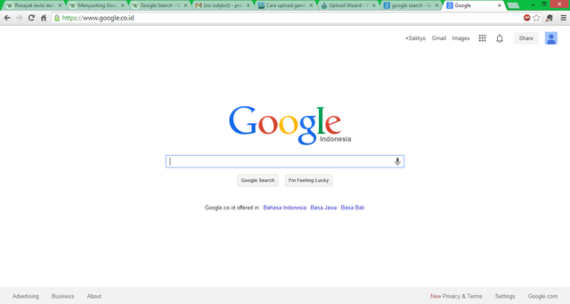
2004: Web 2.0 and its malicious uses
The term Web 2.0 was coined in 1999 by the expert Darcy DiNucci, but it was Tim O’Reilly and Dale Dougherty who began to popularise it in 2004 as a new, more participatory, interactive and social internet. Facebook was founded that year, and Twitter was launched in 2006.
The web today brings together half of the world’s population, but with it have grown its malicious uses: fake news, fraud, cyber-bullying, cyber-crime and the invasion of privacy, among other ills. This has led the pioneer Leonard Kleinrock, the man responsible for that first babbling of the network in 1969, to recognise that he was wrong to predict that the citizens of the Internet would rebel against the dark side. “I used to say the Internet was going through its teenage years,” he told Fast Company. “But I don’t say that anymore.”
Comments on this publication